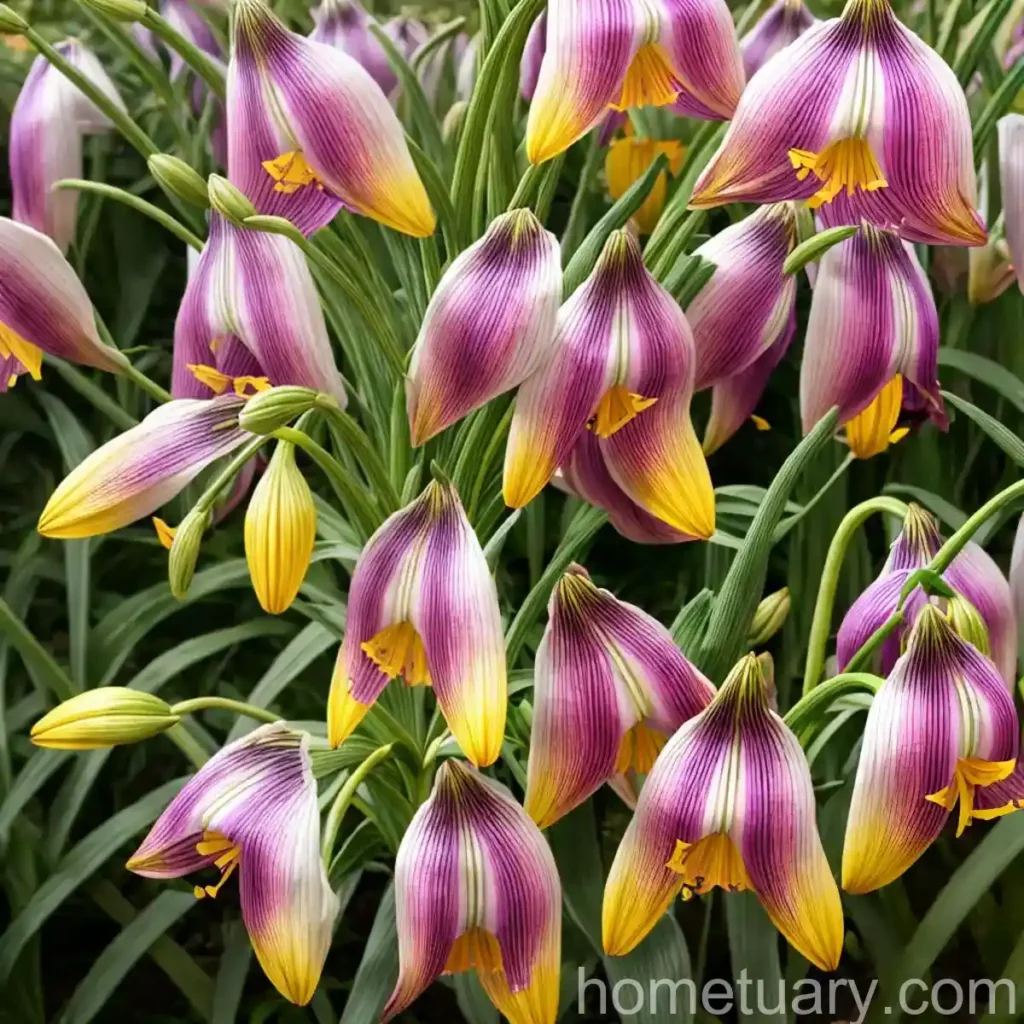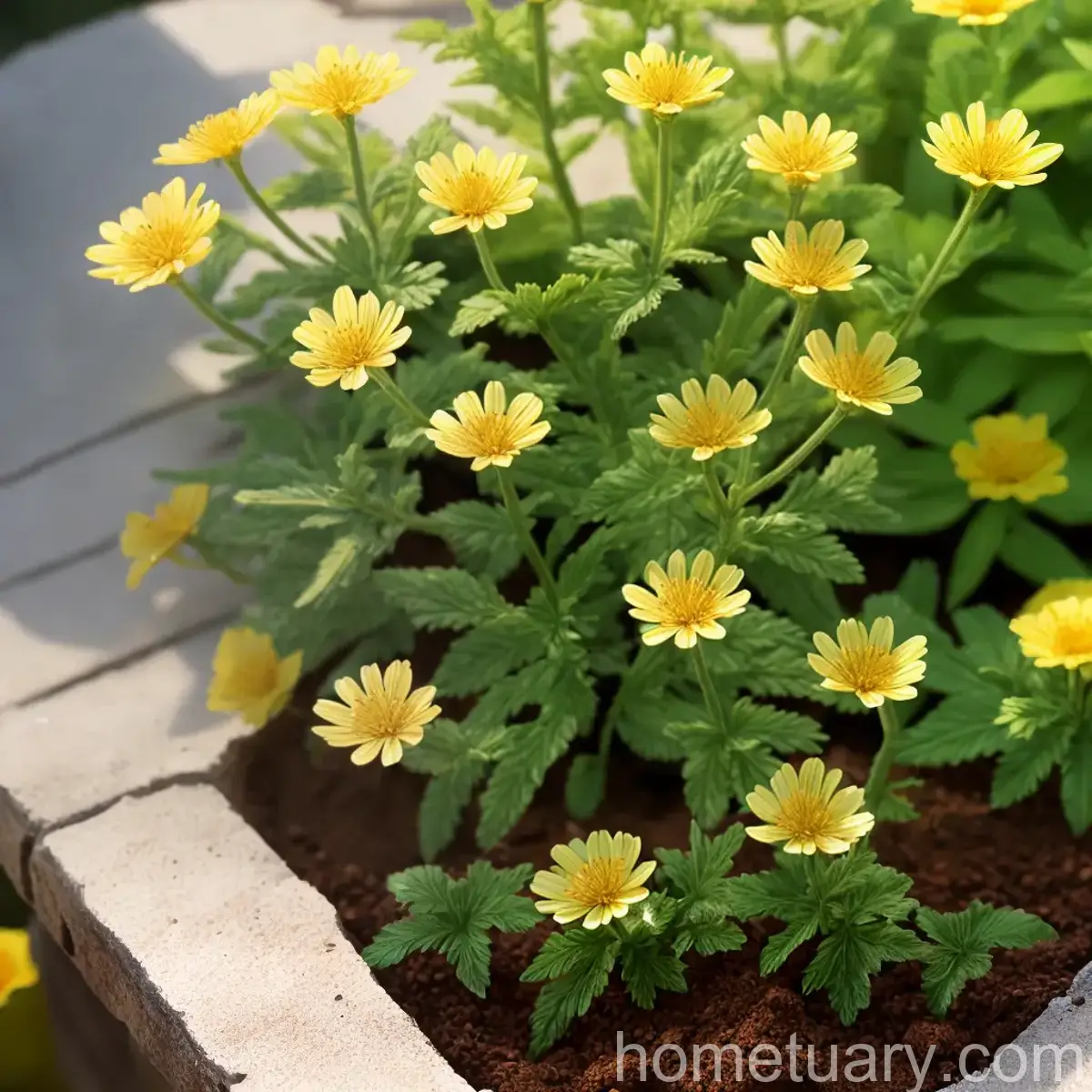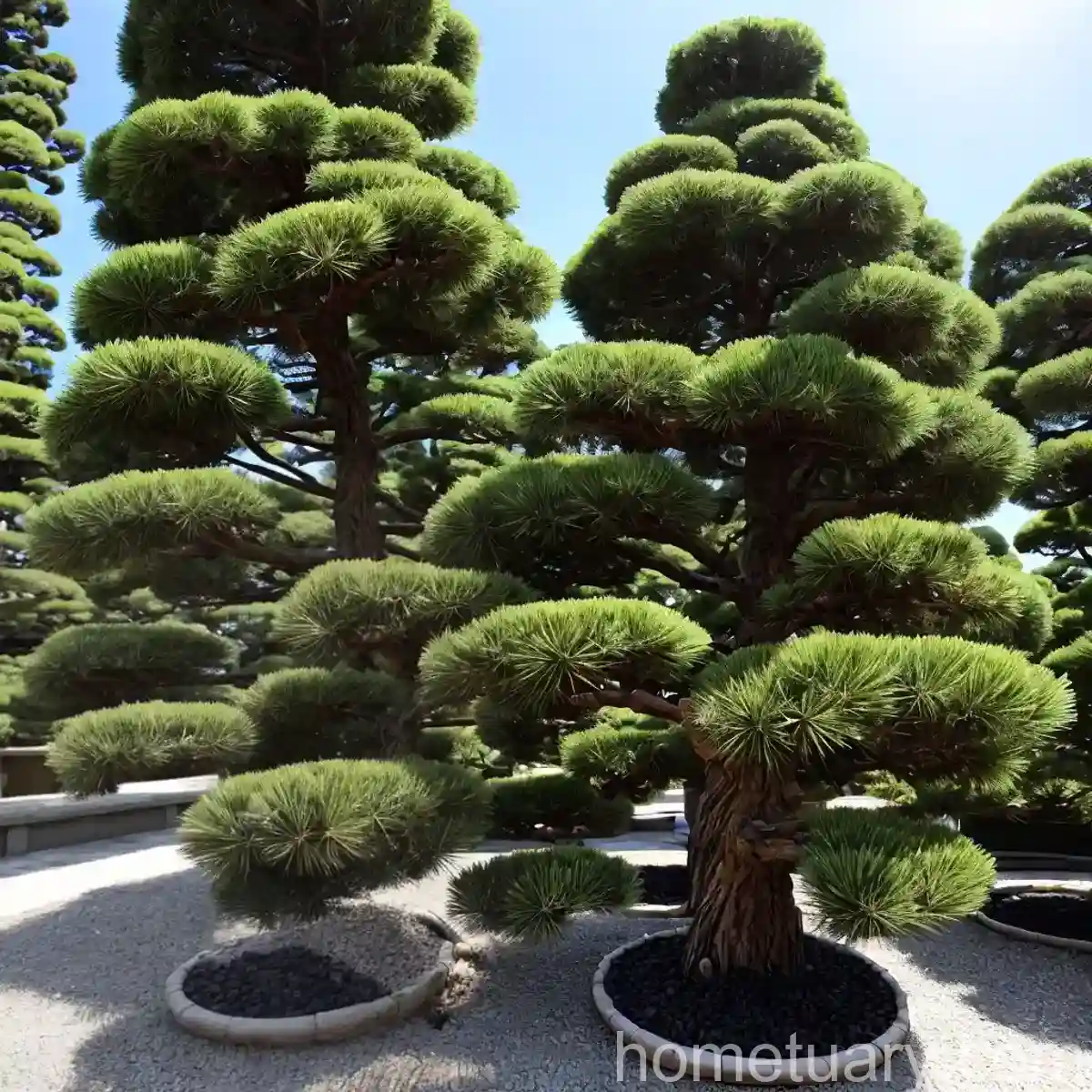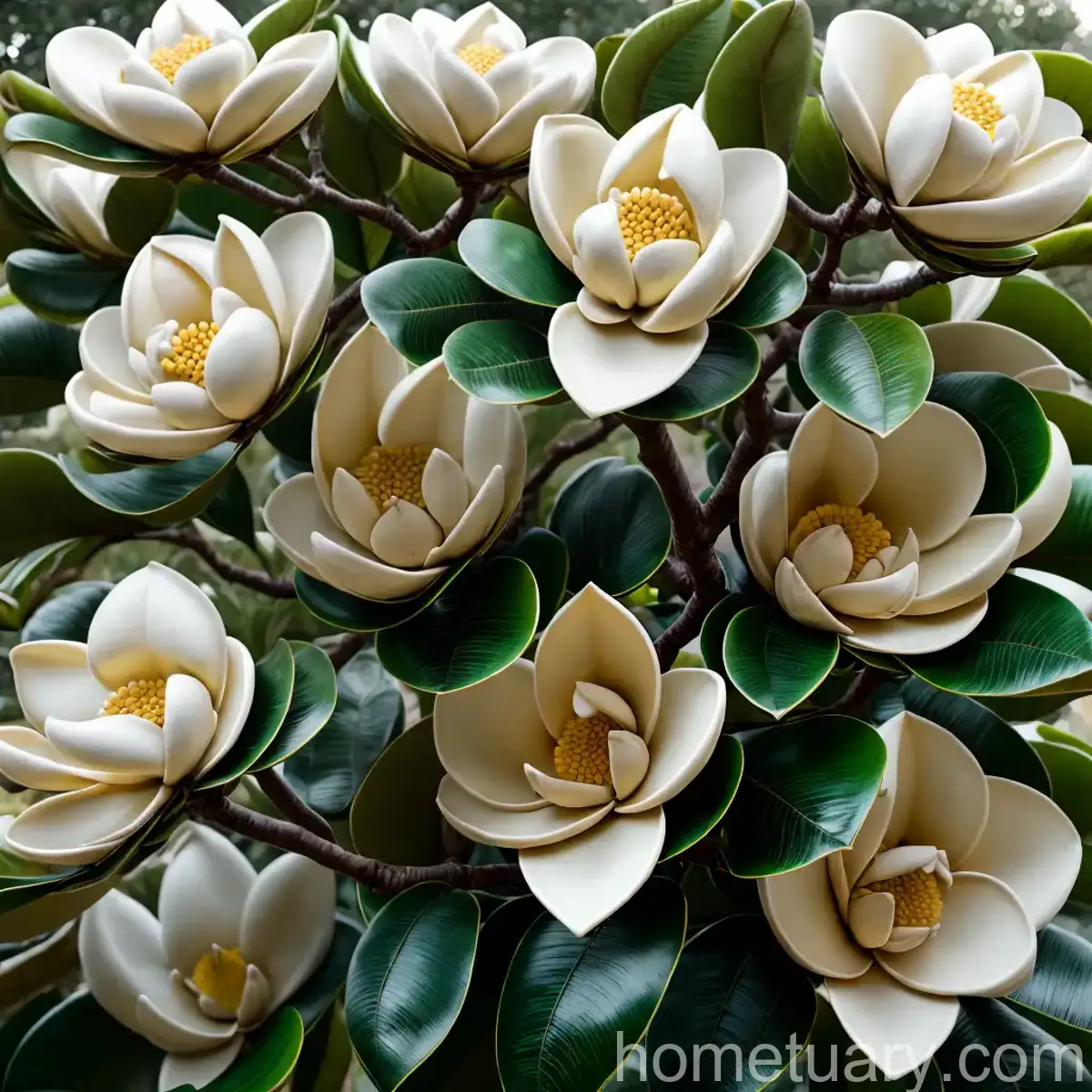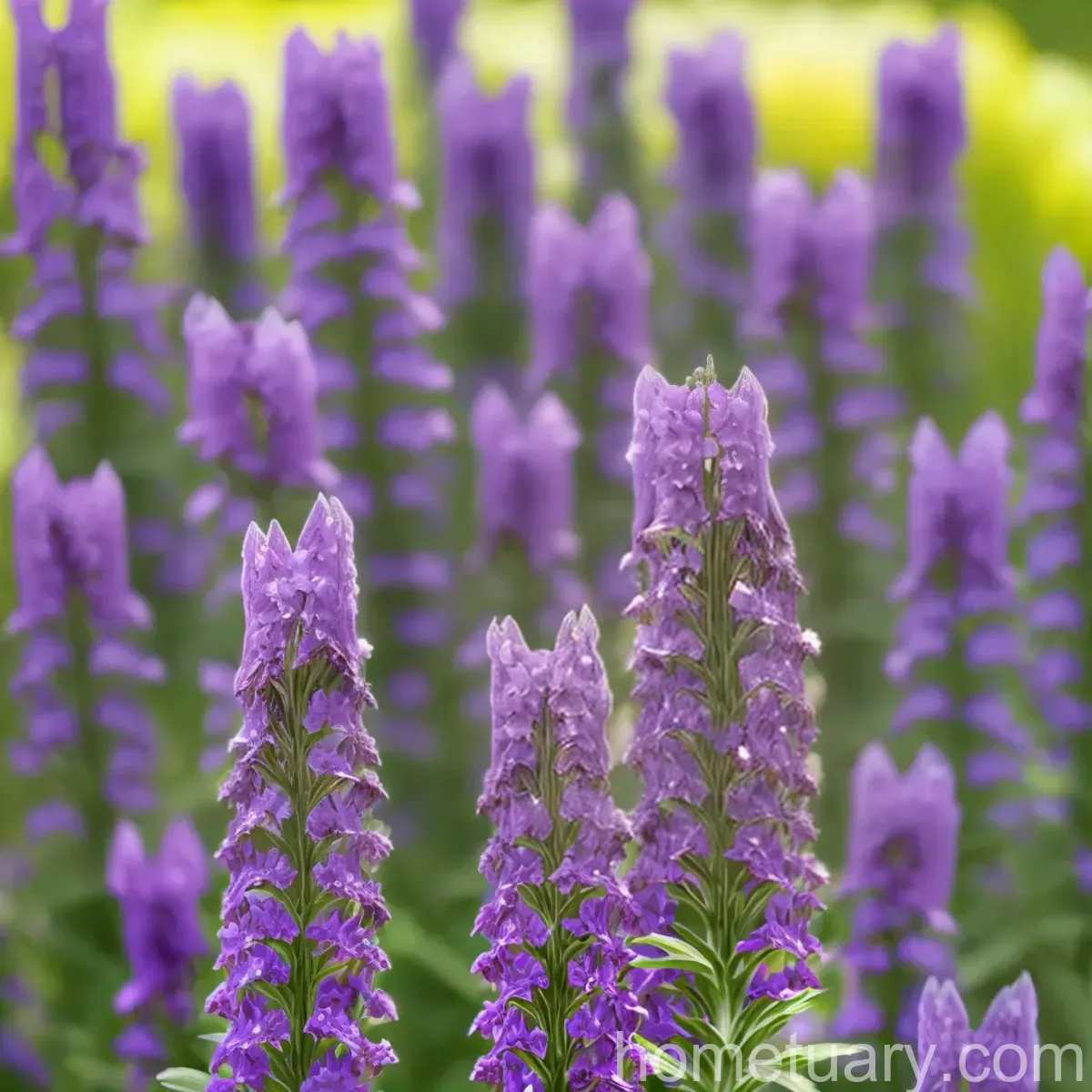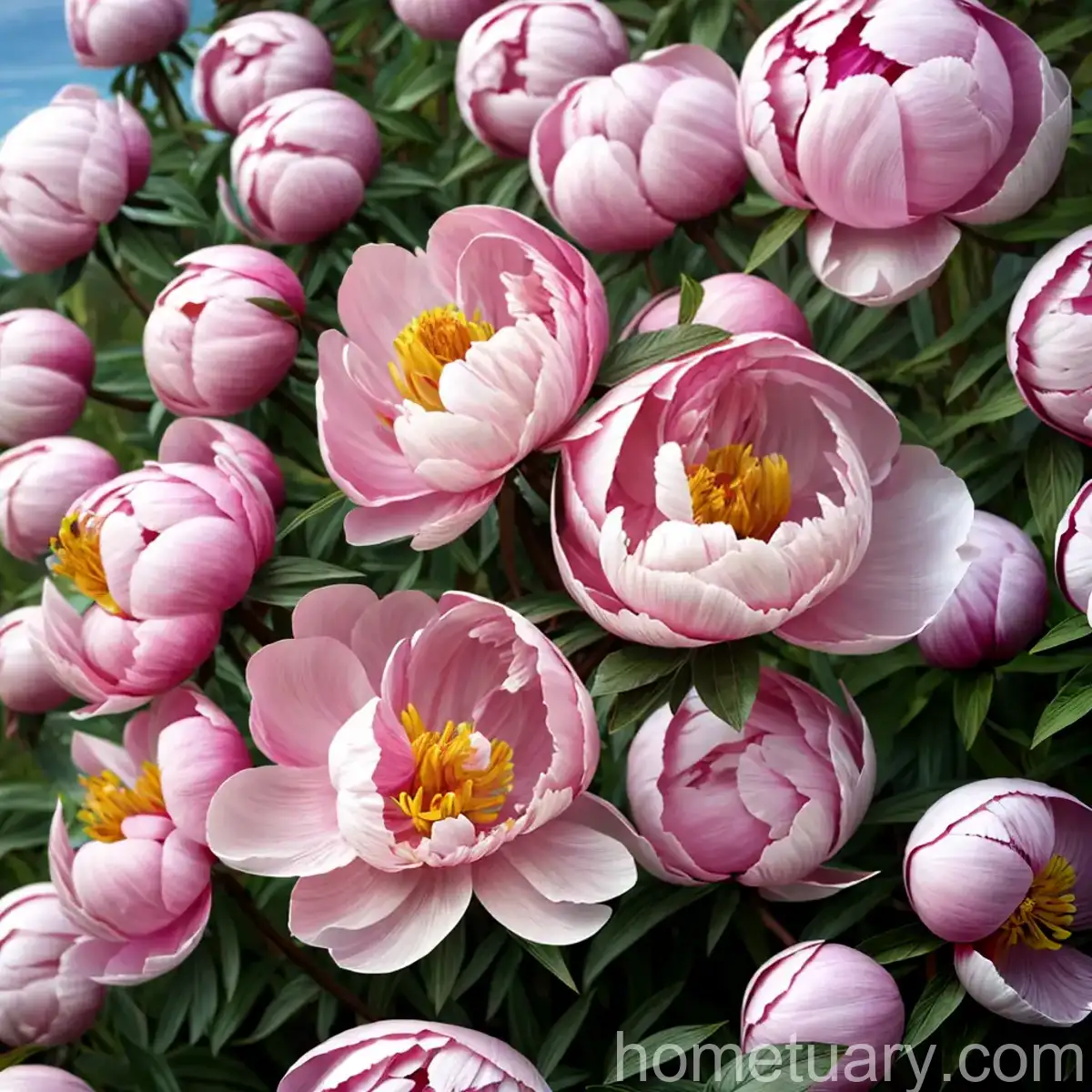Plant Scientist’s Guide to Persian Lily (Fritillaria persica)
Welcome to the comprehensive guide to Persian lily, also known as Fritillaria persica. As a plant scientist, I am passionate about sharing my knowledge on this beautiful and unique plant species. In this detailed guide, we will explore the cultivation, care, and maintenance of Persian lily, along with its cultural significance, common uses, and pest and disease management. Let’s embark on this botanical journey and delve into the fascinating world of Persian lily.
What is Persian Lily (Fritillaria persica)?
Fritillaria persica, commonly referred to as Persian lily, is a species of flowering plant in the genus Fritillaria. It is indigenous to the Middle East, particularly Iran, Iraq, and Turkey. This striking plant belongs to the Liliaceae family and is renowned for its tall, elegant stems adorned with nodding, bell-shaped flowers. The flowers of Fritillaria persica are typically characterized by their rich hues of deep purple, making them a captivating addition to gardens and landscapes.
Key Takeaways – Persian Lily (Fritillaria persica)
Before we delve into the specific aspects of cultivation and care for Persian lily, let’s highlight some key takeaways about this enchanting plant:
- Fritillaria persica, also known as Persian lily, is a flowering plant indigenous to the Middle East.
- It is prized for its tall stems and bell-shaped flowers in shades of deep purple.
- The plant holds cultural significance and is commonly used for ornamental purposes in gardens and landscapes.
- Cultivating Persian lily requires attention to its water, sunlight, soil, and fertilization needs.
- Managing common diseases and pests is essential for maintaining the health and vitality of Persian lily.
Now that we have a brief overview of Fritillaria persica, let’s delve into the details of its cultivation and care, along with its cultural uses and significance.
Culture
The cultural significance of Persian lily extends beyond its ornamental value. In the regions where it is native, Fritillaria persica holds symbolic and traditional importance, often being associated with various ceremonies, festivals, and folklore. The plant’s striking appearance and deep purple flowers have led to its incorporation into rituals and cultural practices, where it symbolizes beauty, resilience, and endurance.
Uses
The primary use of Persian lily is as an ornamental plant in gardens, landscapes, and floral arrangements. The unique appearance of the flowers and their rich color make Persian lily a sought-after addition to floral displays and garden designs. Additionally, certain cultural traditions and practices incorporate Persian lily for its symbolic significance, adding depth and meaning to ceremonial and festive occasions.
Plant Care
Cultivating and caring for Persian lily requires a thorough understanding of its specific requirements to ensure optimal growth and blossoming. Let’s explore the essential aspects of caring for Fritillaria persica, including its water, sunlight, fertilizer, soil, and pruning needs.
Water
Proper watering is crucial for the health and vitality of Persian lily. It is essential to maintain consistent moisture without overwatering the plant. During the growing season, ensure that the soil remains evenly moist, allowing for good drainage to prevent waterlogging. However, during the dormant period, it’s important to reduce watering to prevent the bulbs from rotting.
Sunlight
Persian lily thrives in areas with ample sunlight, preferably in locations with partial shade to full sun exposure. Providing sufficient sunlight is essential for encouraging healthy growth and robust flowering. Positioning the plant in a well-lit area will contribute to the development of sturdy stems and vibrant blooms.
Fertilizer
To support the growth and flowering of Persian lily, it’s advisable to apply a balanced, organic fertilizer during the plant’s active growing period. A slow-release fertilizer with a balanced NPK ratio can be applied in early spring to provide the necessary nutrients for healthy development. Additionally, incorporating organic matter into the soil during planting will contribute to the long-term nourishment of the plant.
Soil
The soil requirements for Persian lily involve well-draining, fertile soil with a slightly acidic to neutral pH. Loamy or sandy soil types are suitable for cultivating Fritillaria persica, as they allow for proper drainage and aeration. Amending the soil with organic material, such as compost or well-rotted manure, can enhance its fertility and texture, providing an optimal growing medium for the plant.
Pruning
Pruning is minimal for Persian lily, primarily involving the removal of spent flowers and any yellowing or withered foliage. Deadheading the flowers once they have faded can promote the plant’s energy toward the development of new blooms. Additionally, removing any diseased or damaged foliage can help maintain the plant’s overall health and appearance.
Propagation
The propagation of Persian lily can be achieved through various methods, including division of bulbs and seeds. Dividing the bulbs during the plant’s dormant period allows for the creation of new plantings, while sowing seeds can also yield new Fritillaria persica specimens. It’s important to note that propagation through seeds may take longer to produce mature, flowering plants compared to bulb division.
Container Popularity
Persian lily is well-suited for container gardening, making it a popular choice for individuals with limited outdoor space or those looking to create stunning floral displays on patios and balconies. The tall, graceful stems and richly colored flowers of Fritillaria persica make it an exquisite addition to decorative containers and garden pots, enhancing the visual appeal of outdoor settings.
Common Diseases and Pests
As with any plant species, Persian lily is susceptible to certain diseases and pests that can impact its health and vigor. Understanding the common issues associated with Fritillaria persica and implementing effective management strategies are vital for preserving the plant’s beauty and longevity.
Disease Diagnosis
Fungal diseases, such as botrytis and basal rot, are among the primary concerns for Persian lily. These diseases can manifest as discolored, rotting foliage, wilting stems, and overall plant decline. Proper diagnosis of these diseases involves inspecting the plant for symptoms of fungal infection, including the presence of mold, lesions, and tissue decay.
Common Pests
Aphids and thrips are common pests that can affect Persian lily, causing damage to the plant’s foliage and flowers. These tiny insects feed on the sap of the plant, leading to stunted growth, distorted leaves, and reduced flowering. Vigilance in monitoring for pest infestations and implementing timely intervention measures, such as insecticidal soap application, can help mitigate the impact of these pests on Fritillaria persica.
Botanist’s Tips
As a plant scientist with a keen interest in Persian lily, I have gathered some valuable tips for cultivating and caring for Fritillaria persica:
-
Optimal Planting Depth: When planting Persian lily bulbs, ensure that they are positioned at a depth approximately three times the size of the bulb. This will allow for proper anchoring and establishment of the plant.
-
Mulching Benefits: Applying a layer of mulch around the base of Persian lily can help conserve soil moisture, regulate soil temperature, and suppress weed growth, enhancing the overall growing conditions for the plant.
-
Dormancy Care: During the plant’s dormant phase, reduce watering and refrain from fertilization to accommodate its natural growth cycle. Resuming regular care practices when the plant re-enters its active growth phase will promote healthy development.
-
Companion Planting: Consider companion planting with species that complement the aesthetic and growing requirements of Persian lily, such as low-growing ground covers or spring-blooming bulbs, to create visually appealing garden compositions.
By incorporating these tips into the cultivation and care of Persian lily, gardeners can optimize the plant’s growth and blooming potential, resulting in a spectacular display of deep purple flowers.
Fun Facts
To delve deeper into the captivating world of Persian lily, here are some intriguing and delightful fun facts about Fritillaria persica:
- The name “Fritillaria” is derived from the Latin word “fritillus,” which translates to “dice cup,” alluding to the checkered pattern commonly found on the flowers of the genus.
- Persian lily bulbs have a characteristic musky odor, which deters rodents and pests, contributing to the plant’s natural pest resistance.
- In its native regions, Persian lily has historical significance and has been mentioned in ancient texts and folklore, adding to its cultural and botanical allure.
These fun facts offer a glimpse into the rich heritage and enchanting attributes of Persian lily, contributing to its enduring appeal and fascination among plant enthusiasts and historians alike.
Links to External Resources
For further exploration of Persian lily and to access additional resources, I recommend the following links:
- Royal Horticultural Society – Fritillaria persica
- Missouri Botanical Garden – Fritillaria persica
- American Society for the Prevention of Cruelty to Animals – Toxic and Non-Toxic Plants: Fritillaria
These resources provide valuable information and insights into the cultivation, care, and botanical attributes of Persian lily, serving as educational references for gardening enthusiasts, horticulturists, and plant scientists.
In conclusion, Persian lily (Fritillaria persica) stands as a captivating and culturally significant plant, prized for its resplendent flowers and symbolic heritage. Through careful cultivation and attentive care, gardeners can celebrate the allure of this remarkable species, creating stunning floral displays and contributing to the preservation of its botanical legacy. As a plant scientist, I am consistently inspired by the beauty and resilience of Persian lily, and I encourage enthusiasts to explore its enchanting world and embrace the timeless elegance it bestows upon gardens and landscapes.
I hope this comprehensive guide serves as a valuable resource for your exploration of Persian lily, empowering you to discover the nuances of its cultivation, care, and captivating allure.
Happy gardening!
Keywords: Fritillaria persica, Persian lily bulbs, Fritillaria persica care, Growing Persian lily, Fritillaria persica planting, Persian lily flowers, Fritillaria persica cultivation, Persian lily plant, Fritillaria persica gardening, Persian lily tips, Fritillaria persica species, Persian lily propagation, Fritillaria persica varieties, Persian lily gardening, Fritillaria persica characteristics, Persian lily care guide, Fritillaria persica bulbs, Persian lily cultivation, Fritillaria persica growing conditions, Persian lily maintenance, Fritillaria persica planting guide, Persian lily garden design, Fritillaria persica facts, Persian lily landscape, Fritillaria persica diseases, Persian lily pruning, Fritillaria persica pests, Persian lily soil requirements, Fritillaria persica sunlight needs, Persian lily watering, Fritillaria persica fertilization, Persian lily companion plants, Fritillaria persica blooming season, Persian lily indoor cultivation, Fritillaria persica outdoor growth, Persian lily container gardening, Fritillaria persica landscaping ideas, Persian lily fragrance, Fritillaria persica pollination, Persian lily natural habitat, Fritillaria persica medicinal properties, Persian lily woodland gardening, Fritillaria persica ethnobotany, Persian lily flower arrangement, Fritillaria persica seasonal care, Persian lily garden maintenance, Fritillaria persica outdoor landscape, Persian lily flower symbolism, Fritillaria persica garden pests, Persian lily garden design ideas

